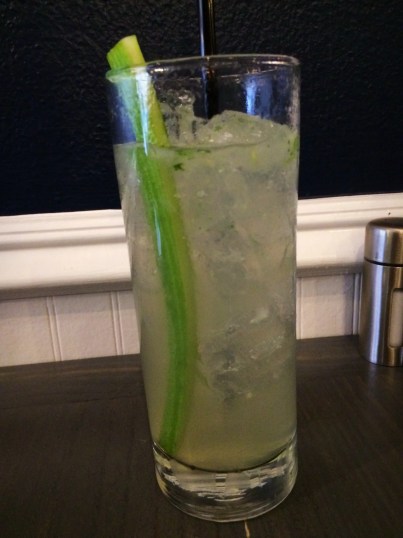One of my favorite parts of summer is gardening, watching the plants grow, picking what they produce, and then getting to create a delicious dish that ultimately nourishes me and those I love. Talk about being close to your food! You know where it was grown, how it was grown, and you can’t get much more ripe than “just picked from the back yard!” However, I know that many people think they don’t have time, it’s too complicated, or get overwhelmed at the idea of figuring it out. I’m here to tell you that I am not a gardener, I have never researched it, I don’t know what I am doing, and yet I LOVE it and do it every year. So, I’m here to share some basic tips because I think the single best piece of health advice I can give is for someone to grow their food.
Decide which is you:
- I have a space prepared and ready for a garden in my yard, but just haven’t done any planting
- I have never had a garden and would have to create a space
- I don’t even have a yard, Dr. A
If you are:
- Then stop making excuses, go get some veggie plants (see below) and start planting
- Consider buying an above ground garden box (or making one but we are keeping things simple here) and fill them with soil
- Go get some pots, you can easily grow plants on your porch
I like to plant things that give me the most produce per plant. Here is a list that I like to plant that will give you tons of produce to pick on a regular basis and it’s totally worth your money to plant it in the ground and make sure it gets watered:
These sort of need the ground:
- Summer squash like Zucchini and yellow squash- they need lots of room to sprawl; they produce in mid-summer
- Winter squash like Butternut and spaghetti Squash- the need lots of room to sprawl, but I can keep butternut that I pick through winter in the house!; they are late summer, early fall producers
- Strawberries-this one can be fickle but I plant them in my landscaping and they come back every year with more berries
- Blackberries-Patience, these take 3 years to start making berries, so don’t even go there if you are going to move, but if you’re staying put, they will give you berries in your backyard! They come back every year
These could go in the ground or a pot:
- Cucumber-throw a cage around it, let it climb and produce like crazy all summer
- Tomato- Throw a cage around it and it’ll produce all summer
- Bell peppers- They all start out green, so have patience if you want red/orange/yellow
- Hot peppers- They will produce more than you could ever eat, so you’ll be giving tons away or drying them to make crushed hot pepper spices, etc.
- Kale- This an early producer and you will be able to start picking kale early and throughout the entire season into the fall
- Swiss Chard- This is an early producer and you’ll never have to buy greens at the store
- Herbs: The ones that come back every year, I plant in the ground and make them part of the landscape: Sage, Chives, Thyme, Oregano, lavender, lemon balm. The ones that I have to replant every year either go in the garden or in pots: Parsley, Basil, and Mint (mint spreads and is invasive, so it always get a pot regardless of coming back yearly).
I have planted tons of other things and often do more than the above, but the one’s above are hard to screw up. I also prioritize the things that are more expensive to buy. For example, you can plant one bell pepper plant and save $2-3 with every pepper it produces or you can take the same space to grow and onion or two that costs you pennies at the store. Things that grow underground don’t give you as much bang for your buck: onions, carrots, potatoes. They are cheap and take up lots of growing space.
Don’t get intimidated, you just have to go buy a plant and plant it. Just one! Start with herbs! I love having fresh herbs all summer and many come back every year, flower, and look just as pretty as your landscaping that you can’t eat.
*The picture is the outer peel of a tomatillo that I planted the year before. I was fascinated that it stayed in tact, but I found it when I was planting my zucchini for this year!














